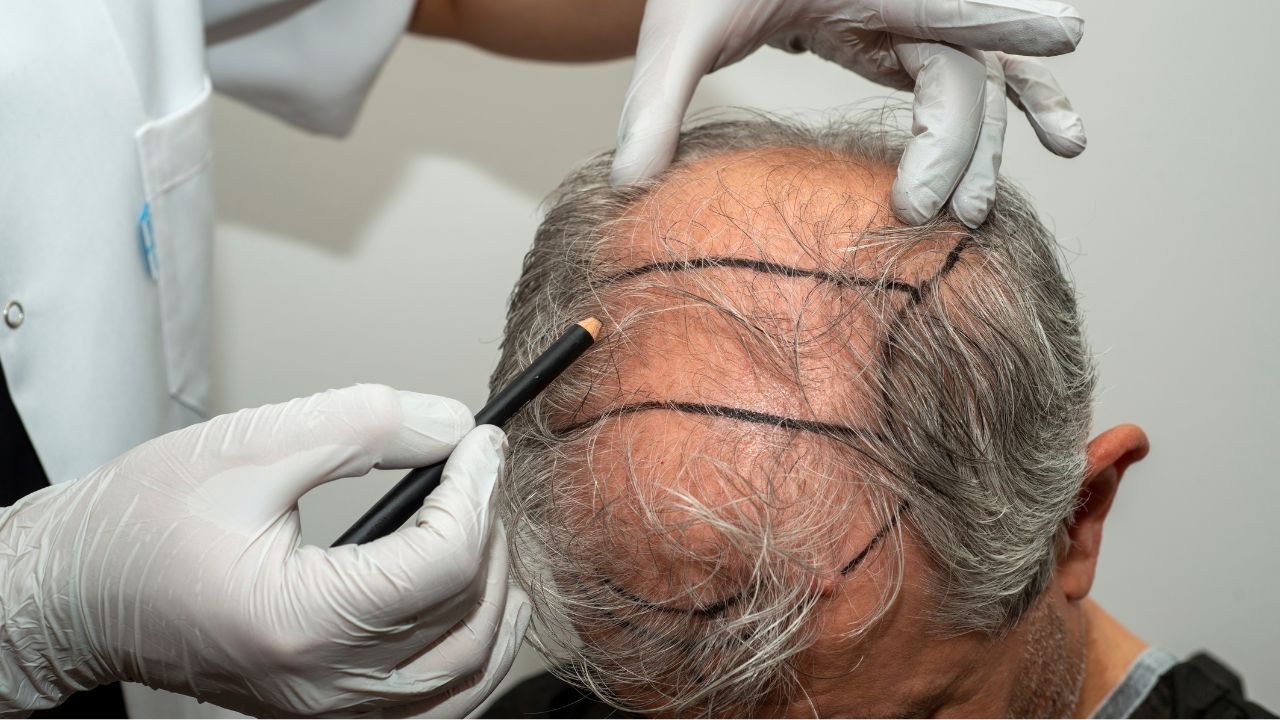— L.S. / New York
Before considering FUT in New York City with Dr. Kopelman, it’s important to understand who makes a good candidate:


Private Consultation with Dr. Kopelman for FUT
Review of Medical History & General Health
Tailored Recommendations for Your Hair Restoration
Preparation for FUT
Local Anesthesia and Scalp Strip Removal
Creating Recipient Sites and Transplantation
Schedule a Consultation
At Kopelman Hair Restoration, we recognize how vital it is to feel confident in your appearance. We are dedicated to helping you restore your hair loss. For an appointment, contact our office to schedule your consultation.